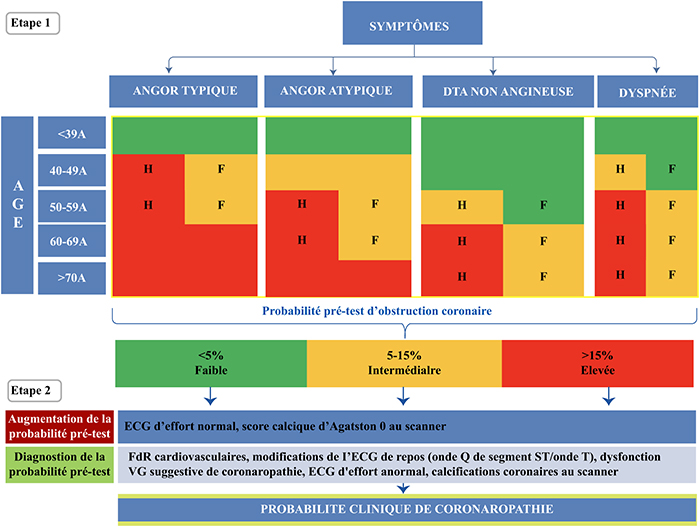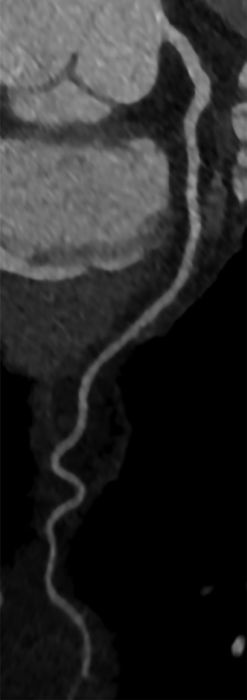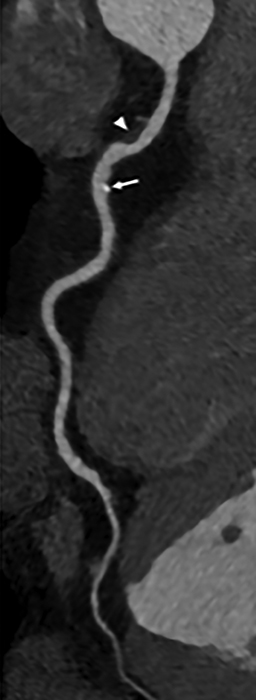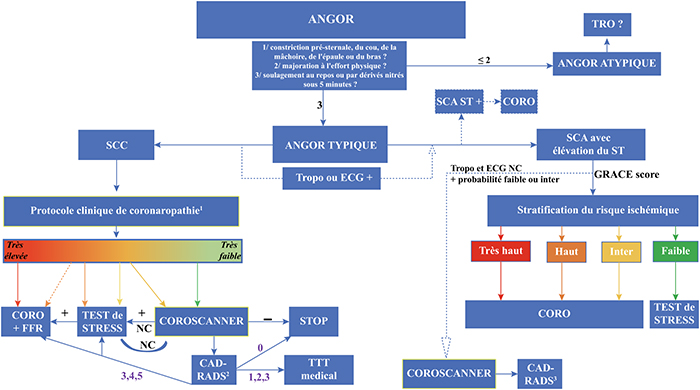Sang Thrombose Vaisseaux
MENUAcute chest pain: MDCT and imaging perspectives Volume 35, issue 1, January-February 2023
- Key words: acute chest pain, acute coronary syndrome, cardiac multidetector computed tomography
- DOI : 10.1684/stv.2023.1232
- Page(s) : 17-24
- Published in: 2023
Acute chest pain (ACP) is a frequent complaint in the emergency department, with only 10 to 25 % turning out to be from cardiac cause. The challenge of this public health issue is not to miss an acute coronary syndrome (ACS). For this, a discussion based on clinical likelihood of obstructive coronary artery disease (CAD) guiding the clinical management is a main point. The pre-test probability of coronaropathy represents for a patient his probability of having an obstructive CAD and it is divided in low (<5%) / intermediate (5-15 %) / high risk (>15%). Chronic coronary syndrom with an ACP should benefit from a cardiac multidetector computed tomography (MDCT) for low clinical likelihood of CAD. In case of a non-ST-elevation ACS, MDCT should be realized for acute chest pain with low to intermediate likelihood of CAD and inconclusive troponin and electrocardiogram. MDCT is considered as the reference noninvasive tool to study coronary network thanks to its high sensitivity and negative predictive value close to 100 %. In this review, we provide a comprehensive overview of MDCT as a reliable noninvasive exam which should be considered to look for a CAD depending on the risk stratification.





